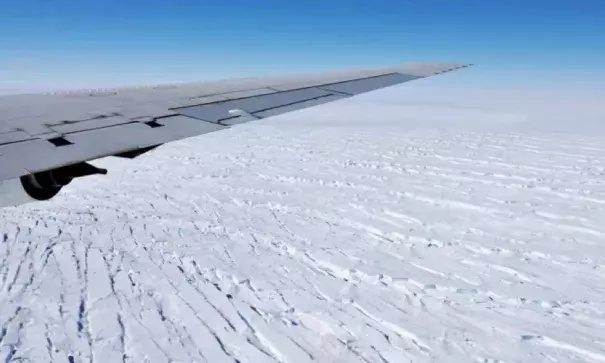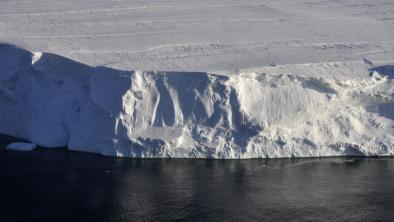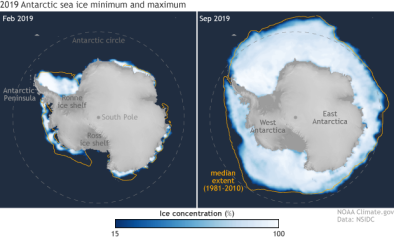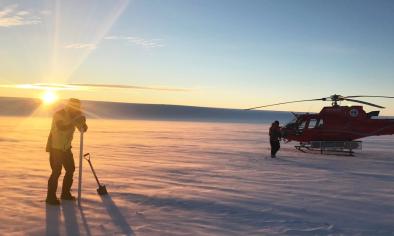How Distant Winds May Be Causing Antarctic Meltdown

Estimates of just how much sea levels will rise and inundate coastal areas vary widely. One of the reasons is that scientists just aren’t sure how quickly the vast ice sheets of Antarctica might melt into the sea because of the myriad triggers causing the ocean warming that is fueling that melt.
New research suggests one more unexpected culprit: Changing winds at one end of the continent could actually be setting off a series of changes, like a set of falling dominoes, that pushes warm water below the ice at the other end, thousands of miles away.
Finding these pieces of the Antarctic melt puzzle and putting them together will help scientists better pin down how much sea level rise is in store as the world warms, and when cities from Miami to Shanghai may largely disappear from the map.
...
Scientists thought that changing local wind patterns — themselves linked to warming — could be pushing the water under the ice shelves, with the altered winds blowing over the ocean surface near West Antarctica providing the push.
They didn't expect changes to winds across the continent to be a factor, but that's what climate scientist Paul Spence noticed when he was looking at climate models. He saw that certain changes in East Antarctica created a big warming signal in West Antarctica, which is some 3,700 miles away.
Related Content





